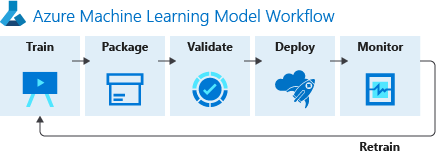Introduction
Cash flow in a business is a good indicator of its financial solvency and can reveal whether the business can meet its financial obligations. Microsoft Dynamics 365 Business Central provides tools that businesses can use to analyze their cash flow by analyzing historic data to make predictions for future periods. This module explains the Cash Flow Forecast feature, which is an advanced reporting tool that can use Microsoft Azure Machine Learning to model various scenarios and give you insights into what to expect.
The module first demonstrates how to set up cash flow forecasts by using Microsoft Azure AI. Next, you'll learn about the process of using your own predictive web service for cash flow forecasts.
Machine learning is a data science technique that allows computers to use existing data to forecast future behaviors, outcomes, and trends. By using machine learning, computers learn without being explicitly programmed.
The major components of the service and the general workflow for using the service are shown in the following diagram.
The machine learning model workflow generally follows this sequence:
Train - Help the machine learn.
Develop machine learning training scripts in Python, R, or with the visual designer.
Create and configure a compute target.
Submit the scripts to a configured compute target to run in that environment. During training, the scripts can read from or write to datastores. The logs and output that are produced during training are saved as runs in the workspace and then grouped under experiments.
Package - After a satisfactory run is found, you will register the persisted model in the model registry.
Validate - Query the experiment for logged metrics from the current and past runs. If the metrics don't indicate a desired outcome, loop back to step 1 and iterate on your scripts.
Deploy - Develop a scoring script that uses the model and then deploy the model as a web service in Azure or to an IoT Edge device.
Monitor - Monitor for data drift between the training dataset and inference data of a deployed model. When necessary, loop back to step 1 to retrain the model with new training data.
